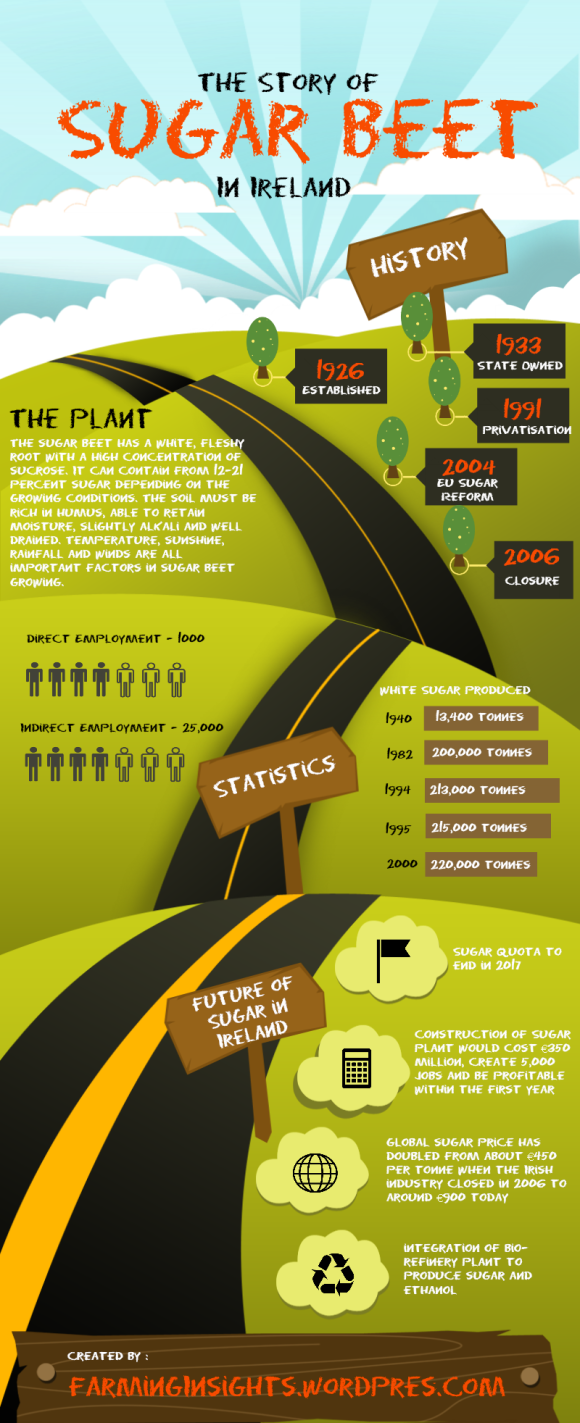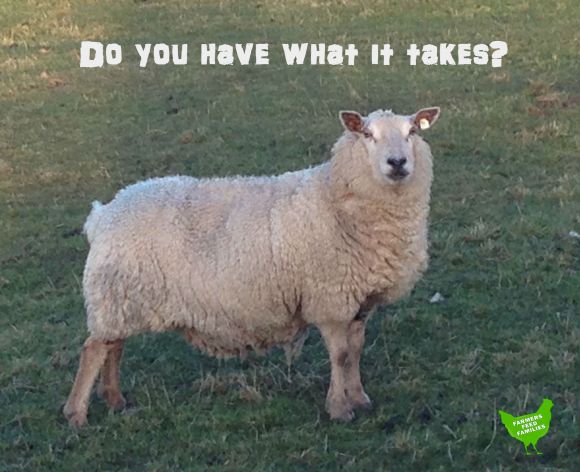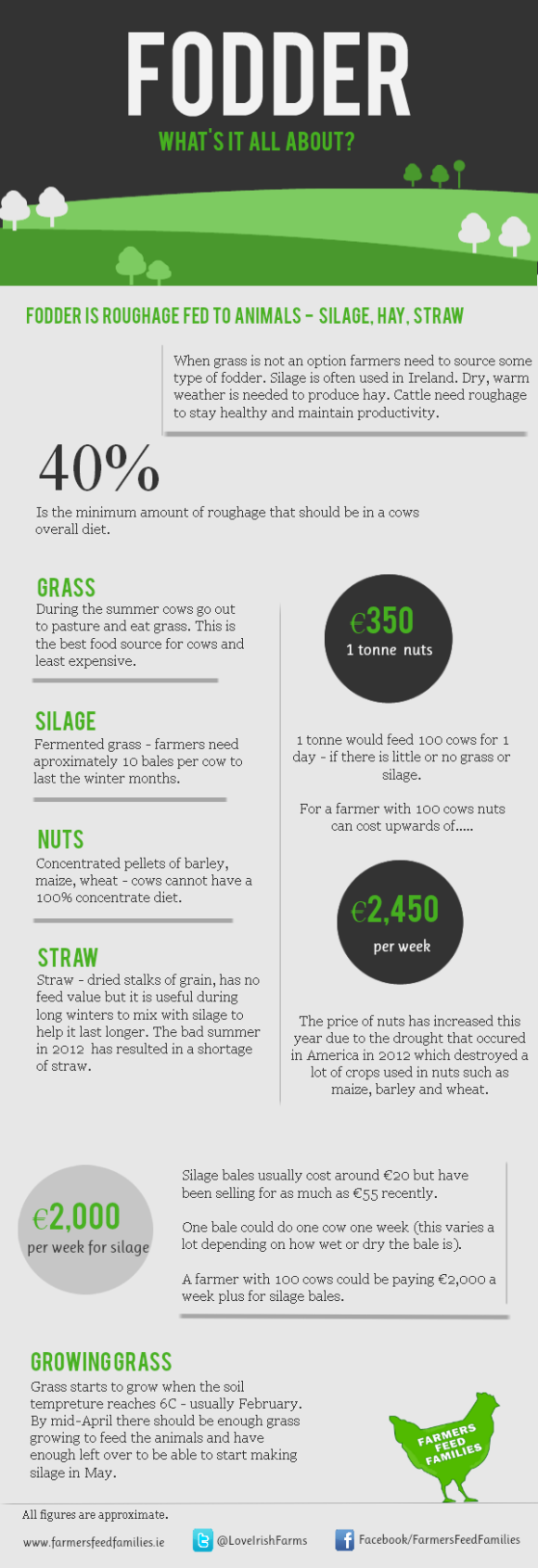“There is nothing in the whole of nature which is more important than or deserves as much attention as the soil. Truly it is the soil that makes the world a friendly environment for mankind. It is the soil which nourishes and provides for the whole of nature; the whole of creation depends upon the soil which is the ultimate foundation of our existence” – Friedrich Albert Fallou (1862)
Gerry Brady, organic dairy farmer, reads the above quote from one of his many organic farming books as we sit down to discuss earthworms and how he has discovered their essential role on his farm.
A popular misconception is that people farmed organically before the introduction of artificial fertilisers but without the same level of production. However, people were farming with less education and knowledge of grassland management, crop rotation and best farming practices. People weren’t really farming organically. To farm organically you must be educated in organic farming practices. One needs to understand the science of how and why things grow.
First rule is a healthy population of earthworms. Gerry found a leaving certificate biology book that had a chapter in it on the earthworm. There he found six key points that changed the way he started thinking about organic farming.
- Their burrowing action improves aeration which allows oxygen to diffuse down to the roots and organisms in the soil
- Their burrowing also improves drainage which prevents soils becoming waterlogged
- Burrowing loosens the soil and allows easier penetration of plant roots
- They help mix the soil bringing nutrient rich soil from lower levels to the surface (casts) and take leaves down into the soil
- They increase the organic content of the soil by egesting partly digested leaves
- Their digestive secretions help keep the pH of the soil neutral – optimum pH for plants
After 30 or 40 years of putting fertilisers onto his land, the earthworm population and clover had disappeared. It took a good few years of “coaxing” to build the population back up. On healthy grassland the estimated number of earthworms per acre in the soil is 8.6 million (The Living Soil, Lady Eve Balfour). But, for this to occur, you must work with nature.
Earthworms are put under too much pressure. Modern farming practices encourage farmers to take soil samples. Then, if the pH is too low, lime is put down. This can have as much impact on the earthworms as supplementary nitrogen. Spreading lime causes a rapid change in pH in the soil. This leaches away over time resulting again in an acidic soil – then more lime. A soil with a frequently changing pH will not support a vigorous earthworm population. Nature works slowly.
It is important to understand how earthworms work. They digest and breakdown material which is acidic, such as rotten vegetation, leaves and grass. They break down this acidic material and neutralise the soil as they do so with their digestive secretions. Every time lime is put down this delicate balance is upset. Yes, earthworms thrive in a neutral soil but this neutral environment must come from their own slow, steady work.
The only way to farm organically is to help the worm population; by keeping the ground dry, never poaching the ground (letting cows out when it’s too wet), only ploughing on rare occasions – once every 5 or even 10 years should be enough or when there is a new crop to be put in. Ploughing does a lot of damage, disrupting the environment they are creating for themselves. It’s also very important to ensure there’s plenty of food for them to eat. Regular toppng and letting the cattle out to graze ensures this.
And what do you get in return for ensuring happy and content earthworms? The channels they create when burrowing in soil improve drainage, aeration and allow plant roots to go to deeper soil. They mix soil constituents and have a significant contribution to the enrichment of nutrients and humus in topsoil in the form of casts – a mixture of dead material and subsoil they digest and secrete. This is highly nutritious. In fact, it is estimated that an active worm population can process as much as 40 tonnes per hectare of these casts in one year (Organic Farming, Nicolas Lampkin). How much would you pay for a few tonnes of organic topsoil?
It took Gerry 10 years to get the various elements of his farm balanced – and now grass is growing just as it was when he was putting out fertiliser and lime – without the associated costs. He says,
“every time you stick your nose in you’re probably doing more harm than good. Remember that trying to “fix” something like the pH or nitrogen will affect something else. Learn how nature works, be patient and allow all the elements to work together.”
References:
Organic Farming, Nicolas Lampkin, Farming Press, United Kingdom, 1990,
The Living Soil, Lady Eve Balfour, Faber and Faber, Great Britain, 1943, Republication featuring original text in 2006 by the Soil Association









